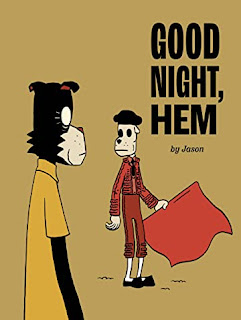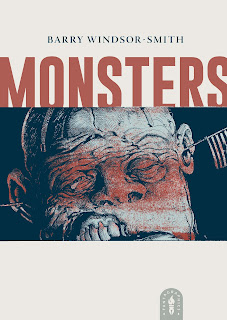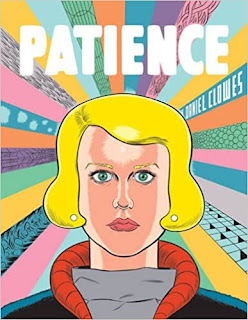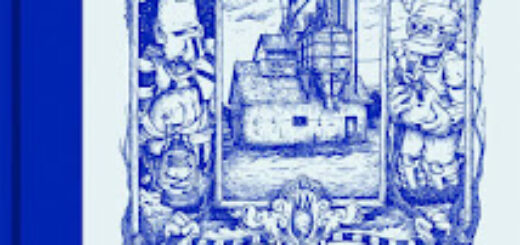REVIEW: The 355

Students of history know that 355 was the code name assigned to a woman who spied on behalf of George Washington, during the war for independence. We never learned who she was and the digits have been immortalized in pop culture ever since. Most recently, it was appended to the female empowerment action film The 355 , out now on disc from Universal Home Entertainment.
The brainchild of star Jessica Chastain , she pitched it to Simon Kingberg as they were shooting X-Men: Dark Phoenix and it should have been out in 2021, but you know, Covid-19. The movie is overall an entertaining enough experience but its overall laziness in design and execution makes it a lesser effort.
While it’s nice to see operatives from CIA, MI6, Germany’s BND, China’s Ministry of State Security, and Colombia’s National Intelligence Directorateavoid political considerations to band together, the film also takes a very cynical approach to their efforts. We have several members of these agencies betray their principles and oaths , endangering the entire world. The MacGuffin in this case is a hard drive containing a one-of-a-kind piece of software that can pierce any firewall and seize control of nuclear missiles, electric grids, etc.
We have CIA agent Mason “Mace” Brown (Chastain) betrayed by her best friend and new lover, Nick (Sebastian Stan), which means the harddrive is in play. Mace crosses paths with German agent Marie Schmidt (Diane Kruger) who are rivals who beat one another until they find common cause. NID’s Luis Rojas (Édgar Ramírez) seems to have taken for himself, which means psychologist Graciela (Penélope Cruz) is sent into the field for the first time to retrieve it. When it goes into the wild, Mace recruits MI6’s Khadijah Adiyeme (Lupita Nyong’o), now out of the game, to aid her since she understands the enormity of the threat.
In time, they form bonds and kick ass. The MacGuffin continues to move from hand to hand, country to country until it is in Shanghai, up for auction which brings in Lin Mi Sheng (Bingbing Fan). Then things continue to unravel and go boom.
What’s missing here is a true sense of surprise. The agents are types, not characters, their dialogue and personality quirks perfunctory rather than refreshing. Kingberg cowrote this lackluster script with Theresa Rebeck and they seemed to be filling out a Bingo card.
Don’t get me wrong, the action is swell and the set pieces are well worth watching, with the leading ladies doing most of their own stunts, but after a while, it feels tired. Details are missing, questions at the end are left unanswered and the denouement is dissatisfying. Worst of all, they never connect the title to the team of women.
The film is out in the usual packages including the trusty Blu-ray, DVD, Digital HD Combo Pack. The movies looks great, the 1080p transfer nicely capturing the colors and details. The lossless Dolby Digital audio track does a fine job capturing the explosions, dialogue, and score.
The film’s special features include two Deleted Scenes (6:19); Chasing Through Paris (4:57); Action That Hurts (5:26); Reconstructing Marrakesh (5:33); Chaos at the City of Dreams (3:50). Two VFX Breakdowns (2:12, 2:43).















































